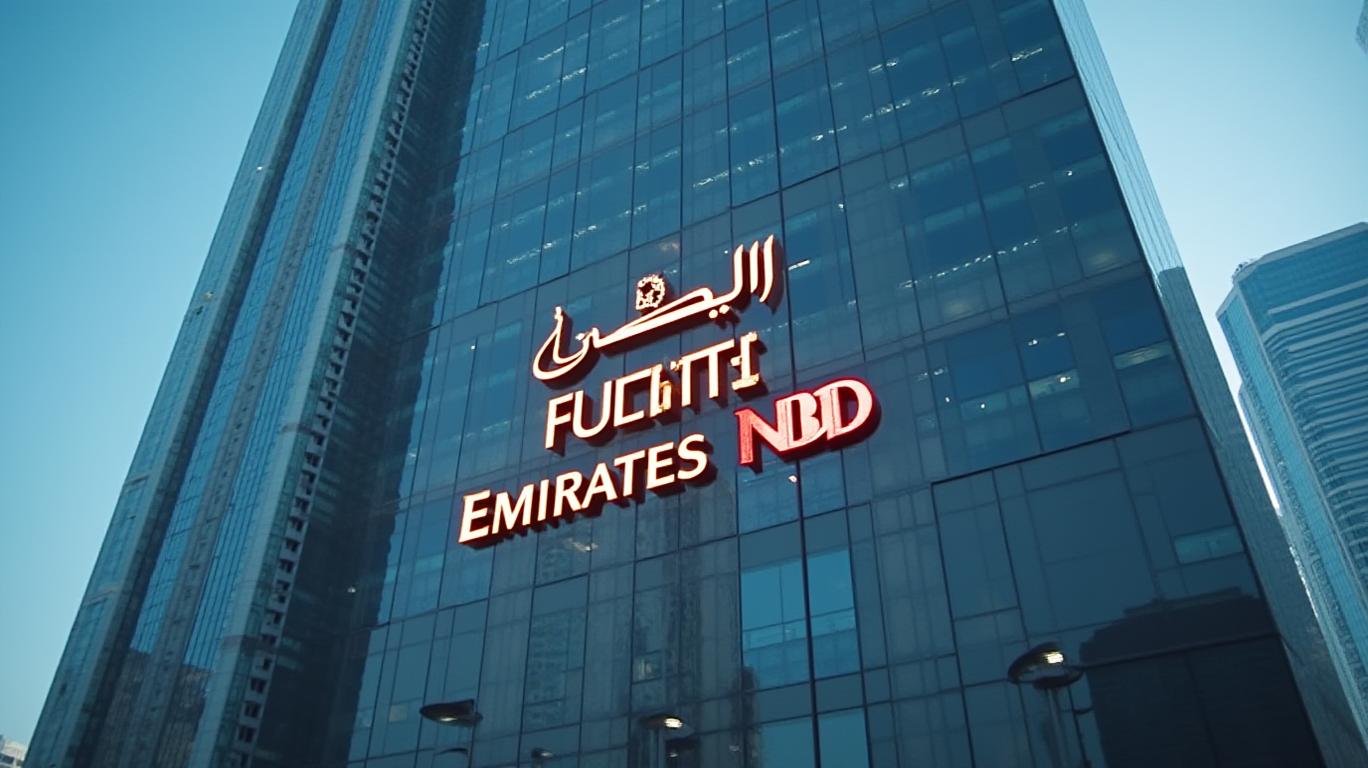Emirates NBD's Moody's Upgrade: A Gateway to UAE Banking Sector Resurgence
The recent upgrade of Emirates NBD’s credit rating to A3 by Moody’s Investors Service (effective April 15, 2025) marks a pivotal moment for the UAE’s largest banking group. This move underscores structural improvements in asset quality, capital strength, and profitability that are propelling the bank—and the broader UAE banking sector—toward a new era of resilience and growth. For investors, Emirates
now represents a compelling leveraged play on regional stability, with its shares primed to outperform as the UAE’s economic recovery accelerates.
The Credit Upgrade: A Seal of Approval for Durable Strength
Moody’s decision to raise Emirates NBD’s rating to A3 (with a stable outlook) reflects its recognition of the bank’s reduced non-performing loans (NPLs), enhanced return on equity (ROE), and capital buffers exceeding regulatory requirements. These metrics are not mere technicalities; they signal a transformation in the bank’s risk profile and operational efficiency.
The bank’s NPL ratio has dropped to 1.8% as of Q1 2025, well below the UAE banking sector average of 2.5%. This improvement stems from disciplined credit management and the UAE’s economic rebound, particularly in real estate and tourism. Meanwhile, Emirates NBD’s ROE has climbed to 12.5%, up from 9.3% in 2020, reflecting stronger profitability.
Capital Fortification: A Buffer Against Uncertainty
Emirates NBD’s capital adequacy ratio now stands at 20.3%, comfortably above the UAE’s regulatory minimum of 13% and a stark contrast to pre-pandemic levels. This excess capital not only insulates the bank from potential shocks but also positions it to capitalize on growth opportunities.
The bank’s robust balance sheet has allowed it to deleverage risky exposures while expanding its loan book in sectors aligned with the UAE’s strategic priorities. Shayne Nelson, Group CEO, has emphasized that the bank’s $12 billion in green financing commitments by 2030—part of the UAE’s Net Zero by 2050 initiative—are now achievable thanks to this strengthened foundation.
Tailwinds from the UAE’s Economic Renaissance
The UAE’s economic revival, driven by rising oil prices, fiscal prudence, and diversification into tourism and green energy, is a tailwind for Emirates NBD. Dubai’s tourism revenue hit a record $40.3 billion in 2024, while Abu Dhabi’s renewable energy projects, such as the Noor Abu Dhabi solar plant, are creating new lending opportunities.
Real estate—a critical sector for UAE banks—has rebounded sharply, with Dubai’s property prices rising 15% year-on-year in 2024. This has reduced legacy risks tied to the sector and boosted collateral values, further underpinning asset quality.
The Investment Case: Dividends, Multiples, and Leverage
Emirates NBD’s shares are undervalued relative to its improving fundamentals. At a price-to-book ratio of 0.8x, the stock trades at a discount to its historical average of 1.1x and lags peers like Saudi National Bank (1.3x). Yet, with dividend payout ratios sustained at 40% of earnings and a dividend yield of 5.2%, the stock offers income stability amid growth.
The bank’s leverage to the UAE’s recovery is unmatched. Its dominance in retail banking, corporate finance, and green energy financing gives it a first-mover advantage in a market where the IMF forecasts 4.2% GDP growth through 2026. Multiple expansion is inevitable as investors recognize the durability of its turnaround.
Risks and Considerations
While the risks—geopolitical volatility, oil price fluctuations, and interest rate sensitivity—are real, Emirates NBD’s net interest margin (NIM) has expanded to 2.8% amid rising rates, shielding profitability. The bank’s diversified funding base (with 60% of liabilities from retail deposits) also mitigates liquidity risks.
Conclusion: A Buy Signal for the UAE’s Banking Future
Emirates NBD’s Moody’s upgrade is more than a ratings bump—it’s validation of a structural shift. With asset quality, capital strength, and earnings momentum aligning with the UAE’s economic renaissance, this stock is poised for sustained outperformance. Investors seeking exposure to a stable, high-growth banking sector should act now before the market catches up.
Recommendation: Buy Emirates NBD shares with a 12-month price target of AED 6.50, implying a 25% upside from current levels. Pair this with a long position in the UAE’s broader financial sector ETF for diversification.
The UAE’s banking resurgence is no longer a distant promise—it’s here. Emirates NBD is leading the charge.
Data as of May 13, 2025. Past performance does not guarantee future results. Consult your financial advisor before making investment decisions.

Comments
No comments yet